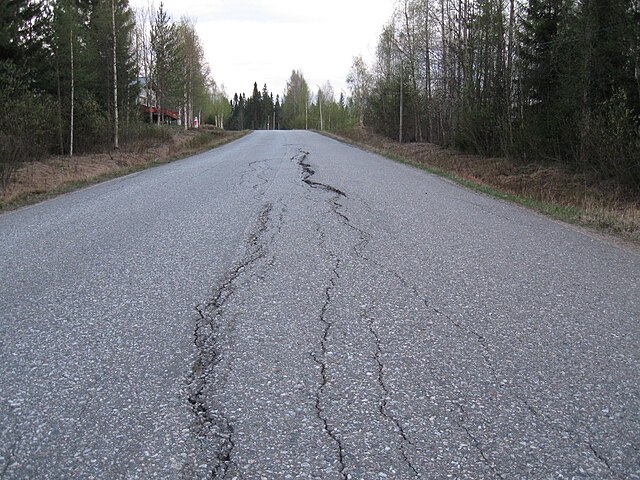Loading AI tools
Coverings of ice on objects and trees on below freeze temperature From Wikipedia, the free encyclopedia
Ground frost refers to the various coverings of ice produced by the direct deposition of water vapor on objects and trees, whose surfaces have a temperature below the freezing point of water (0 °C, 32 °F).[1]

The three main types of ground frost are radiation frost (hoar frost), advection frost (advection hoar frost) and evaporation frost. The latter is a rare type which occurs when surface moisture evaporates into drier air causing its temperature at the surface to fall at or under the freezing point of water.[1] Rime (both soft and hard) is technically not a type of ground frost.
Ground frost may also refer to the condition when the temperature of the upper layer of the soil falls below the freezing point of water.[1]
From 1906 to 1960 the Met Office practice was to base the number of days of ground frost on this criterion: a day with a minimum temperature reaching 30 °F (−1 °C), probably because 32 °F (0 °C) was not considered enough cold to cause damage to growing plants. Since 1961 the statistics have referred to the number of days with grass minimum temperature below 0°C. Occasionally, the term ground frost can still be seen, but it means simply a minimum temperature below 0 °C.[2]

Typical depth of frost in Finland is 0–200 cm in winter. If the frost does not melt completely during the summer, it is called permafrost.
Seamless Wikipedia browsing. On steroids.
Every time you click a link to Wikipedia, Wiktionary or Wikiquote in your browser's search results, it will show the modern Wikiwand interface.
Wikiwand extension is a five stars, simple, with minimum permission required to keep your browsing private, safe and transparent.